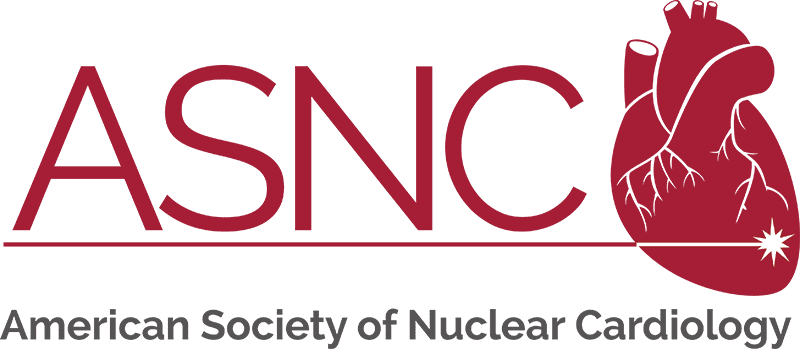Summary
With the current advances in imaging technology and changes in patient demographics, computed tomography (CT) has become an important part of nuclear cardiology practice for improving the diagnosis and prognostication of patients with known or suspected coronary artery disease (CAD). CT is used in nuclear cardiology for performing accurate attenuation correction (AC) along with a coronary artery calcium score (CACS). In addition, multiple nuclear cardiology exams now rely on CT for localizing radiotracer uptake in single photon emission computed tomography (SPECT) and positron emission tomography (PET) cardiovascular procedures, including fluorodeoxyglucose (FDG) hotspot imaging. Read more.
Resource Type
Guidelines
Clinical Topic
Cardiac PET, Coronary Artery Disease (CAD), Hybrid Imaging, PET/CT, Radiotracers, SPECT, SPECT/CT
Year Published
2022
Related Resources
PET Case: Abnormal MBFR in Multivessel Spontaneous Coronary Artery Dissection
Case summary: This case illustrates the ability of PET MBFR to detect…
PET Case: Myocardial Infarction with Non-Obstructive Coronary Arteries (MINOCA)
Case summary: This case illustrates the role of multimodality imaging in diagnosing…
PET Case: A Case of Pacemaker Lead Infection in Patient with S. Lugdunensis Bacteremia
Case summary: 64-year-old female with history of CRT-D implantation admitted with acute…

